From 29 April to 23 June, HPAI affected an extended range of wild bird species from the northernmost parts of Norway down to the Mediterranean coast. Seabirds have now also been found dead inland and not only along coastlines. EFSA recommends active surveillance of the disease in wild birds, especially waterfowl, to understand the circulation and maintenance of different HPAI viruses.
HPAI in mammals
The majority of wild mammals affected by HPAI are carnivores that hunt wild birds, feed on dead wild birds, or both. Twenty-four domestic cats and a captive caracal (also known as Desert lynx) tested positive to HPAI A(H5N1) in Poland, some of them developing severe clinical signs leading to death. The source of infection remains uncertain, with no cat-to-cat or cat-to-human transmission proven so far. The presence of antibodies was detected in five dogs and a cat without clinical signs on an Italian farm affected by an HPAI outbreak in poultry.
EFSA recommends increased surveillance of HPAI viruses in wild and free-roaming domestic carnivores in high-risk areas and avoiding exposure of carnivore pets to dead or diseased animals (mammals and birds).
Low risk to the general population
ECDC assessed that the risk of infection with HPAI virus in Europe remains low for the general population , and low to moderate for occupationally or otherwise exposed people to infected birds or mammals (wild or domesticated). To further reduce the risk of infection experts recommend raising awareness among the public to avoid exposure to dead or diseased seabirds or mammals.
O artigo foi publicado originalmente em EFSA.





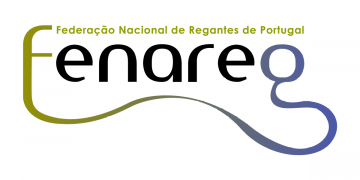















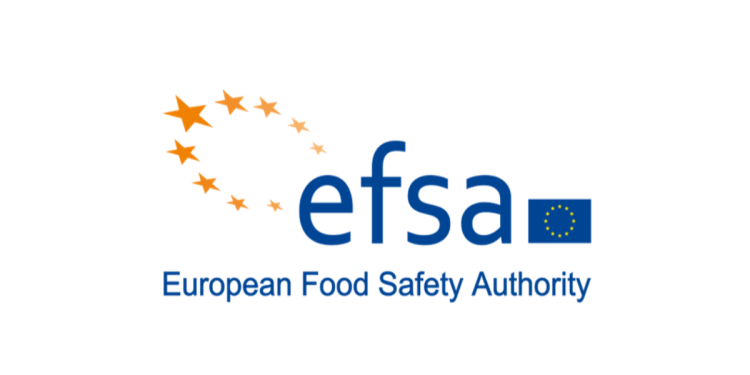
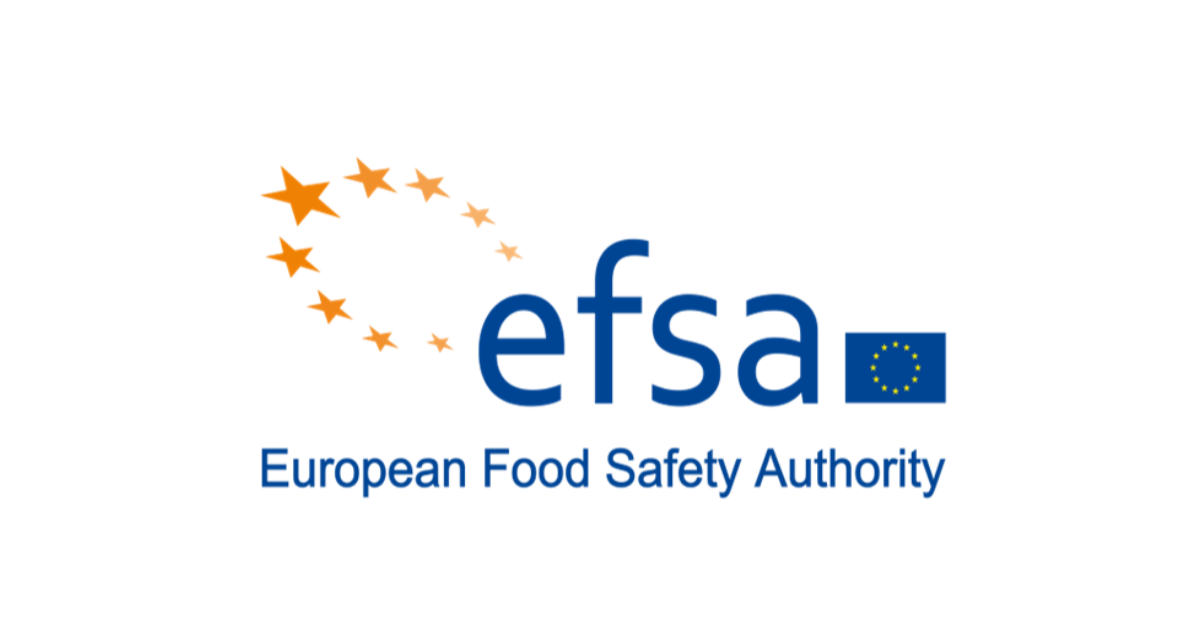





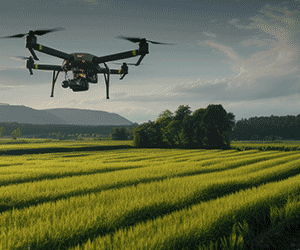


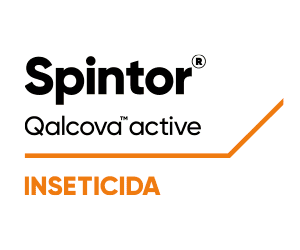




















Discussão sobre este post